This website uses a variety of cookies, which you consent to if you continue to use this site. You can read our Privacy Policy for
details about how these cookies are used, and to grant or withdraw your consent for certain types of cookies.
Category - Flumes
Blog
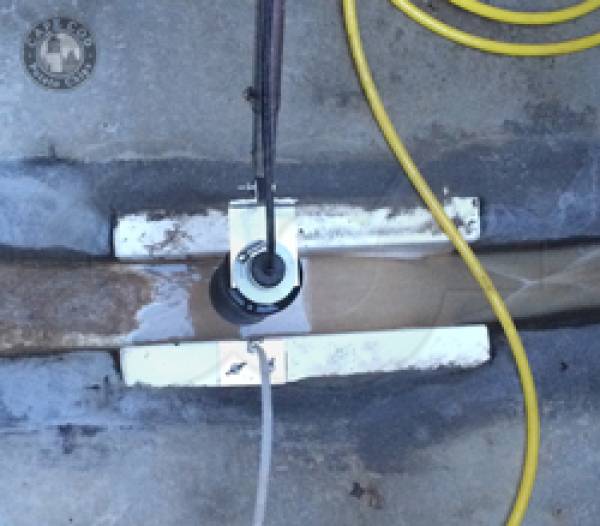
Drawbacks to Using Palmer Bowlus Flumes
The Palmer-Bowlus flume – quite possibly the second only behind the Parshall flume for measuring wastewater flows – suffers from a number of problems when it comes to its operational use. Some of the problems include: proprietary design, high minimum flow rates,…
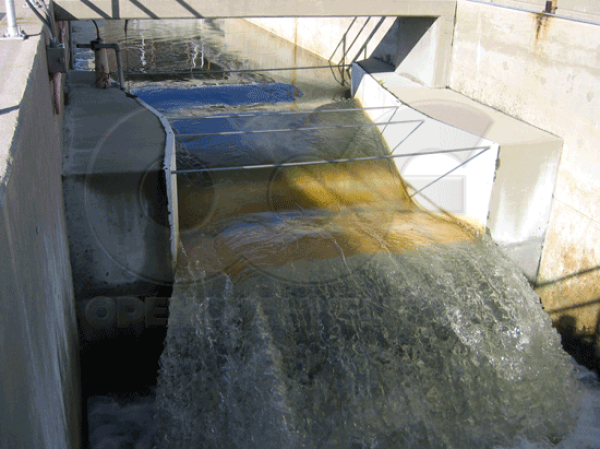
Free-Spilling Discharge & Parshall Flumes
One question we get asked on a regular basis is: can flow free fall off the end of a Parshall flume? The answer is: yes – and if possible, this is the preferred method of discharge! To understand why, we need think about how a Parshall flume operates:…
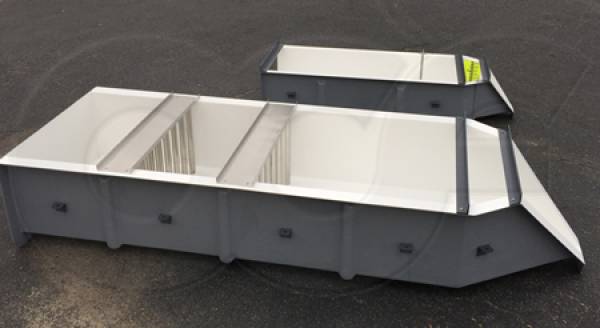
H Flume Flow Equation and Tables
The H flume is a class of flumes developed by the Soil Conservation Service (USDA) to measure runoff from catchments and experimental plots. Really more of combination between a flume and a weir, the H flume provides excellent low flow handling, solids passage, and a wide…
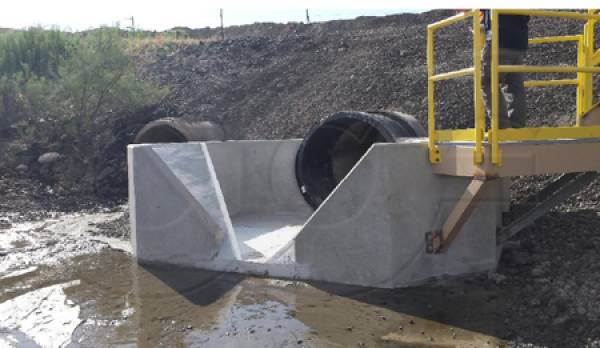
H Flume Installation Guidelines
There are many, many different ways to install an H flume, some of them quite inventive! Here we’ll go over the basics of installing an H flume in an earthen or concrete channel. Keep in mind that these guidelines are just that: guidelines. …

Measuring Flow in a Palmer Bowlus Flume
Measuring flow in a flume should be a straightforward affair. Unfortunately, we get more calls and inquiries on where / how to measure flow in a Palmer-Bowlus flume than all other flumes combined so we thought that we would go over it set the record straight. To better…
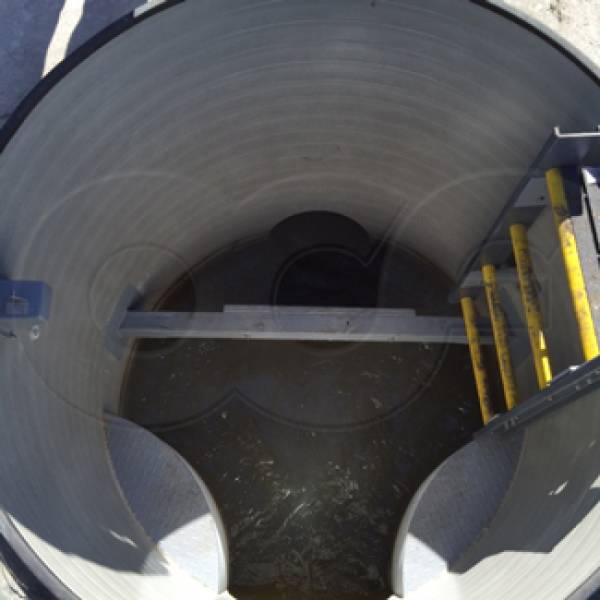
Dampening Excessive Upstream Turbulence / Energy in Parshall Flumes
Openchannelflow offers a number of different flow conditioners to help to normalize the flow before it enters a Parshall flume. Some of the conditioners are in-flume accessories, while others are installed upstream of the flume itself. Upstream For applications where the…

Freeboard for Flumes and Weirs
The freeboard is the difference in height between the top of a flume or weir and the highest water level anticipated. Freeboard is a guard against overtopping by waves, unexpected rises in the water level, or miscalculation in the maximum anticipated flows. Freeboard is…

Parshall Flume Installations
While not as varied as H flumes are in terms of their mounted, Parshall flumes can be installed in a number of creative ways to meet your flow measurement needs. The flumes are suscessfully used in: Above grade At grade Below grade And manhole installations Versitle in…

H Flume Installations
In terms of installation and mounting, one of the most versatile flumes is the H series. The flumes are suscessfully used in: Above grade At grade Below grade And manhole installations This versatility in installation, combined with a wide range of styles and sizes,…
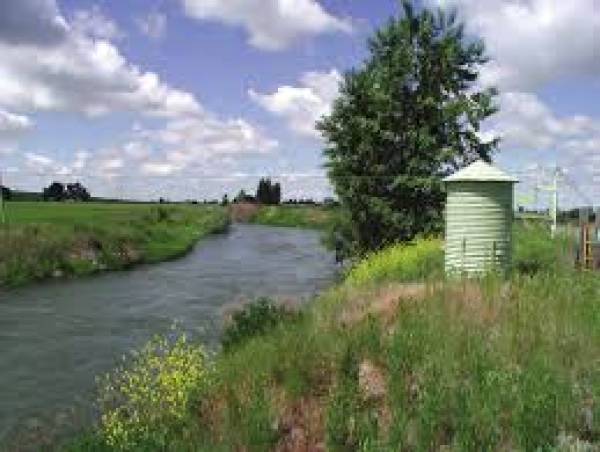
Stilling Well Lag
During periods of rapid water level change, the level in a stilling well may lag behind those in the channel that it is measuring. This phenomenon is known as stilling well lag and is a result of head loss in the intake system. Stilling well lag may occur when the water…

Correcting a Piped Transition into a Parshall Flume
User Daniel Kelly has posted two videos on Youtube that show problems with insufficienlty conditioned flow entering a Parshall flume and an attempt to fix it. The flume (and flow meter), measuring treated effluent, was under-recording the effluent flows. Prior to the attempted…

Application Snapshot: Watershed Runoff Flow Monitoring
Watershed runoff monitoring usualy involves severa standard pieces of equipment. Here we provide a snapshot of a project headed by Penn State University at Shaver's Creek Environmental Center. The equipment used includes: automatic samplers, combination pressure…

LOCATIONS IN ATLANTA, GA & BOISE, ID

